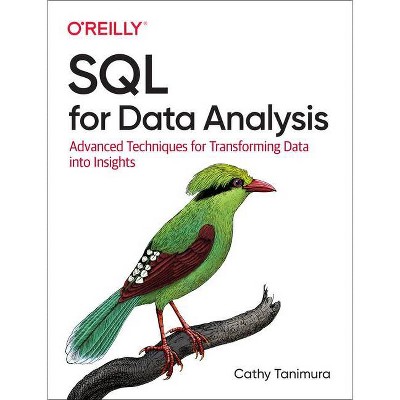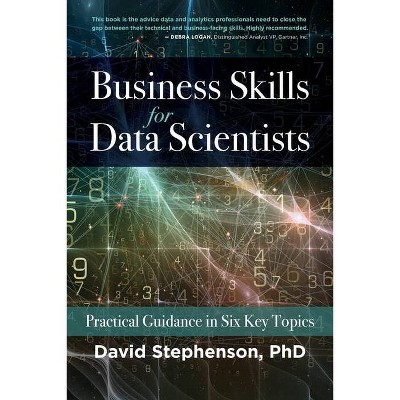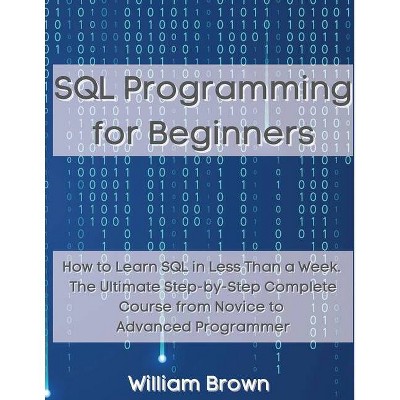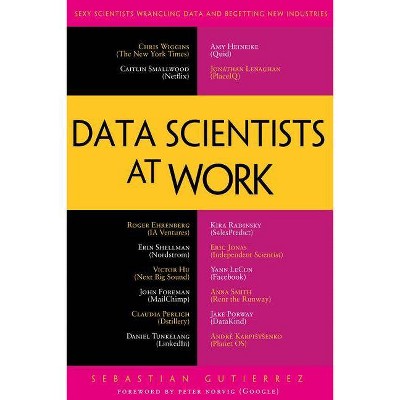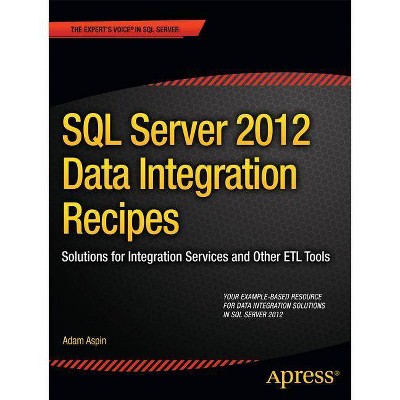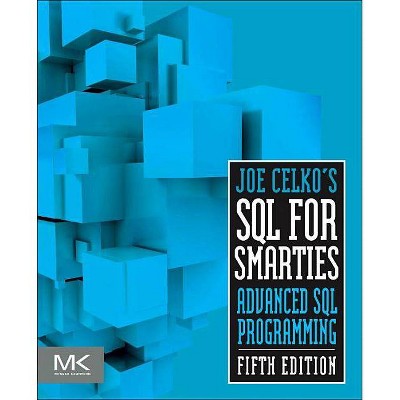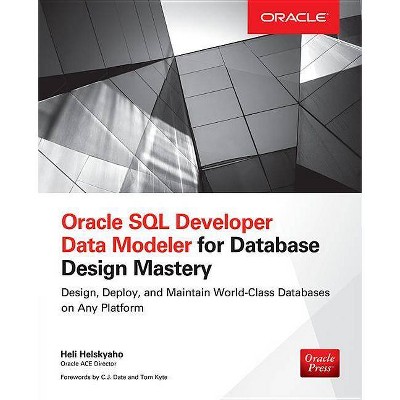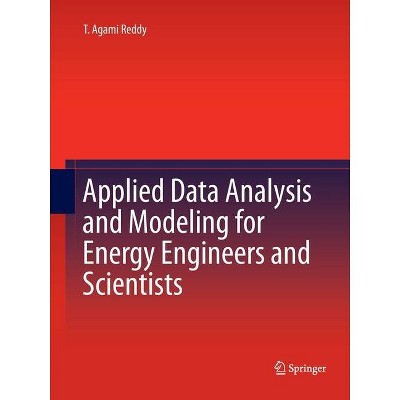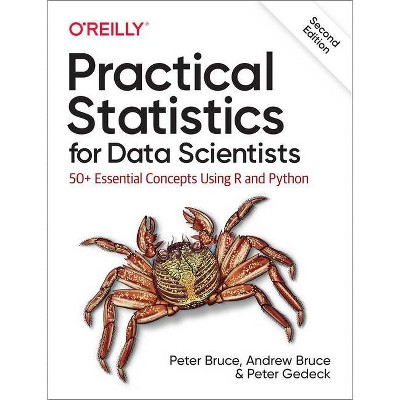SQL for Data Scientists - by Renee M P Teate (Paperback)
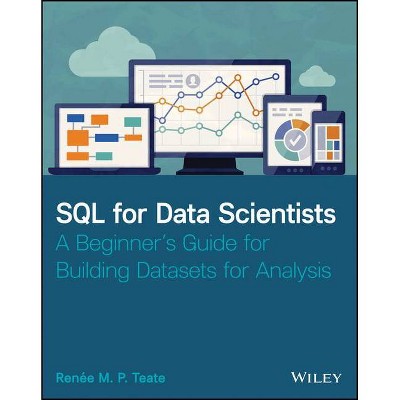
Similar Products
Products of same category from the store
AllProduct info
<p/><br></br><p><b> Book Synopsis </b></p></br></br><p><b>Jump-start your career as a data scientist--l</b><b>earn to develop datasets for exploration, analysis, and machine learning</b></p> <p><i>SQL for Data Scientists: </i> <i>A Beginner's Guide for Building Datasets for Analysis</i> is a resource that's dedicated to the Structured Query Language (SQL) and dataset design skills that data scientists use most. Aspiring data scientists will learn how to how to construct datasets for exploration, analysis, and machine learning. You can also discover how to approach query design and develop SQL code to extract data insights while avoiding common pitfalls.</p> <p>You may be one of many people who are entering the field of Data Science from a range of professions and educational backgrounds, such as business analytics, social science, physics, economics, and computer science. Like many of them, you may have conducted analyses using spreadsheets as data sources, but never retrieved and engineered datasets from a relational database using SQL, which is a programming language designed for managing databases and extracting data.</p> <p>This guide for data scientists differs from other instructional guides on the subject. It doesn't cover SQL broadly. Instead, you'll learn the subset of SQL skills that data analysts and data scientists use frequently. You'll also gain practical advice and direction on how to think about constructing your dataset.</p> <ul> <li>Gain an understanding of relational database structure, query design, and SQL syntax</li> <li>Develop queries to construct datasets for use in applications like interactive reports and machine learning algorithms</li> <li>Review strategies and approaches so you can design analytical datasets</li> <li>Practice your techniques with the provided database and SQL code</li> </ul> <p>In this book, author Renee Teate shares knowledge gained during a 15-year career working with data, in roles ranging from database developer to data analyst to data scientist. She guides you through SQL code and dataset design concepts from an industry practitioner's perspective, moving your data scientist career forward!</p> <p> </p> <p> </p> <p> </p> <p> </p><p/><br></br><p><b> From the Back Cover </b></p></br></br><p><b>Jumpstart your data science career with crucial SQL skills</b></p><p>Today, many organizations expect their data scientists to be able to design and generate their own datasets by extracting and combining raw data from the company's data warehouses without the assistance of data engineers.</p><p>In <i>SQL for Data Scientists: A Beginner's Guide for Building Datasets for Analysis</i>, experienced data scientist and database developer Renée M. P. Teate delivers a singular guide to the SQL skills and techniques every data scientist should know. You'll discover how to approach query design and develop SQL code to construct datasets for exploration, analysis, and data science.</p><p><i>SQL for Data Scientists</i> shows you how to create datasets for use in applications like interactive reports and dashboards, as well as in machine learning algorithms. You'll skip right to the subset of SQL skills that data scientists and analysts use most frequently, and receive expert advice on extracting insights from data while avoiding common pitfalls.</p><ul><li>Understand fundamental SQL syntax and design effective SQL queries</li><li>Conduct Exploratory Data Analysis with SQL</li><li>Construct, filter, and sort your own datasets from pre-existing databases</li><li>Use SQL JOINs to combine data from multiple database tables</li><li>Design datasets for analytical reports and machine learning applications</li><li>Apply more advanced SQL techniques such as Window Functions and Common Table Expressions</li><li>Create database tables and views to store and retrieve the results of your queries</li></b></ul><p/><br></br><p><b> About the Author </b></p></br></br><p><b>RENÉE M. P. TEATE</b> is the Director of Data Science at HelioCampus, a higher ed tech startup based in the Washington, DC area. She prepares datasets with SQL, develops predictive models with Python, and designs interactive dashboards in Tableau for university decision-makers. She created the "Becoming a Data Scientist" podcast, helped build the data science learning community on Twitter, and is a sought-after speaker at industry conferences.</p>
Price History
Cheapest price in the interval: 37.99 on November 8, 2021
Most expensive price in the interval: 37.99 on December 20, 2021
Price Archive shows prices from various stores, lets you see history and find the cheapest. There is no actual sale on the website. For all support, inquiry and suggestion messages communication@pricearchive.us
